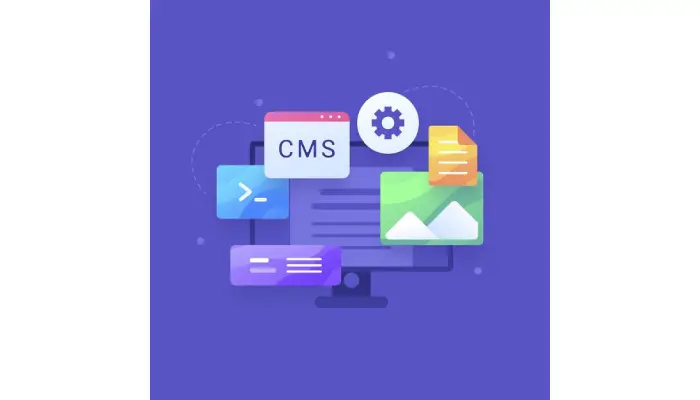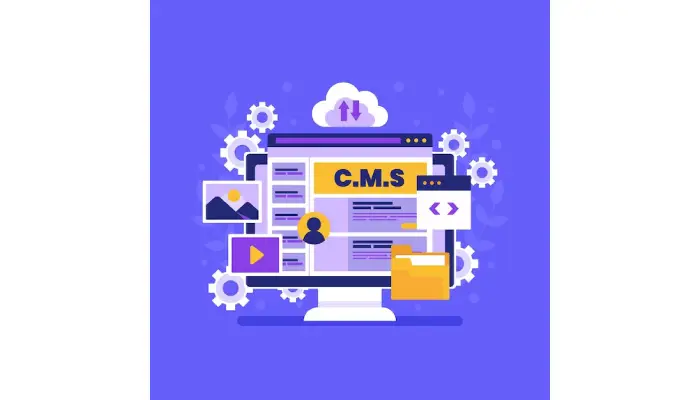In today’s fast-evolving digital world, the demand for flexible and efficient content management systems is growing rapidly. Traditional CMS platforms often struggle to meet the needs of businesses that operate across multiple devices, channels, and digital touchpoints. That’s where headless CMS solutions in Vancouver are gaining traction. These systems separate the content backend from the presentation layer, allowing developers and marketers to create seamless, omnichannel experiences with greater control and scalability.
Whether you’re a startup, an agency, or an enterprise looking to modernize your content infrastructure, adopting a headless CMS can redefine how your business manages and delivers digital content.
Exploring Headless CMS Solutions in Vancouver
Headless CMS solutions in Vancouver offer a new way of thinking about digital content. Instead of being tied to a specific front-end interface like traditional CMS platforms, a headless CMS uses APIs to deliver content anywhere — websites, mobile apps, smart devices, or even digital billboards.
This flexibility is particularly valuable for businesses in Vancouver’s growing tech ecosystem, where innovation and adaptability are key. By decoupling the content layer from the presentation layer, organizations can enhance performance, scale easily, and provide consistent experiences across multiple channels.
A headless CMS also aligns with modern web development practices, supporting frameworks like React, Vue, and Next.js, which are commonly used by Vancouver-based developers.

Why Are Businesses in Vancouver Choosing Headless CMS?
Vancouver’s business landscape is diverse — from technology startups to creative agencies and retail enterprises — and all require agile digital solutions. The shift toward headless CMS platforms is driven by several core advantages:
- Flexibility: Teams can choose any front-end technology, creating tailored digital experiences.
- Scalability: Headless architecture supports growth across multiple platforms without heavy rework.
- Faster Development: Developers and marketers can work independently, reducing production time.
- Omnichannel Delivery: Content can be easily shared across websites, apps, and IoT devices.
These benefits allow businesses in Vancouver to deliver high-quality digital experiences that evolve alongside consumer expectations.
How Does a Headless CMS Work?
A headless CMS is built on the principle of decoupling — separating the backend content repository from the front-end display layer.
1. Content Creation and Storage
In a headless CMS, all content is stored in a structured format within the backend. This includes text, images, metadata, and other assets.
2. API Integration
Instead of rendering the content directly, APIs deliver it to any digital interface. Developers can use RESTful or GraphQL APIs to fetch and display content in the desired format.
3. Front-End Freedom
With this approach, front-end developers can use any framework or programming language to design user interfaces — whether for websites, apps, or even AR/VR environments.
This architecture ensures consistency and reduces dependency on a single system, making it ideal for Vancouver’s fast-paced digital agencies and tech innovators.
Benefits of Adopting Headless CMS Solutions in Vancouver
Businesses in Vancouver are leveraging headless CMS platforms to streamline operations and improve digital engagement. Below are the top benefits that make this technology a smart choice.
1. Enhanced Performance and Speed
Decoupling content from the front-end ensures that web pages load faster and perform better, improving user experience and SEO rankings.
2. Future-Proof Technology
Since a headless CMS is API-driven, it can easily integrate with emerging technologies and new digital platforms without complete system overhauls.
3. Improved Security
The separation of the content layer from the display layer reduces vulnerabilities and enhances data protection — an important factor for businesses handling customer data.
4. Content Reusability
With headless architecture, a single piece of content can be reused across multiple channels — saving time and ensuring brand consistency.
5. Seamless Team Collaboration
Marketers can focus on content strategy, while developers concentrate on performance and design, resulting in faster deployment cycles and better workflows.
Key Features to Look for in a Headless CMS
Choosing the right headless CMS depends on your business needs. While options vary, certain core features define an effective system:
1. Robust API Capabilities
Look for a CMS that offers flexible API options like REST and GraphQL for seamless integration across platforms.
2. Scalable Infrastructure
As your business grows, your CMS should easily handle increased content volume and user traffic.
3. Customizable Content Models
A good headless CMS allows you to define custom content structures that suit your business requirements.
4. Built-In Security Features
Data encryption, access controls, and secure authentication should be integral components of the system.
5. Multi-Channel Publishing
Ensure your CMS supports distribution across various platforms — web, mobile, social media, and IoT devices — without duplication.
These features are essential for companies in Vancouver aiming to maintain agility in their digital strategy.
How Does a Headless CMS Support Omnichannel Marketing?
In today’s marketing landscape, content must reach customers wherever they are — on mobile apps, websites, social media, or even smart speakers. A headless CMS makes this possible by centralizing content and distributing it across all channels through APIs.
This approach helps Vancouver-based marketing teams deliver consistent messaging across digital touchpoints, improving brand recognition and customer engagement. For instance, content updates can be made once in the CMS and automatically reflected everywhere, reducing manual work and errors.
By enabling omnichannel publishing, a headless CMS empowers businesses to build cohesive customer journeys that drive loyalty and retention.
Best Practices for Implementing Headless CMS Solutions in Vancouver
Transitioning to a headless CMS requires strategic planning. To ensure success, consider these best practices:
1. Define Your Content Strategy
Outline what content you’ll manage, how it will be structured, and where it will be distributed.
2. Prioritize API Design
APIs are the backbone of a headless CMS. Invest in robust API documentation and version control for smooth integration.
3. Ensure Developer Collaboration
Developers and marketers should work closely to align design goals with content needs.
4. Test Across Devices
Ensure your content displays correctly across all platforms and devices for a consistent user experience.
5. Plan for Scalability
Select a CMS architecture that can grow with your business and adapt to new technologies.
Following these practices will help businesses in Vancouver maximize the benefits of headless architecture.
What Are the Challenges of Headless CMS Adoption?
While headless CMS platforms offer many advantages, they also come with some challenges:
- Technical Complexity: Requires skilled developers familiar with API-based systems.
- Initial Setup Costs: Development time and integration may be higher upfront.
- Content Preview Limitations: Since the front-end is separate, content previews may require additional setup.
- Learning Curve: Teams may need time to adapt to the new workflow.
However, with proper planning and technical support, these challenges can be minimized, leading to long-term gains in flexibility and performance.
The Future of Headless CMS in Vancouver’s Digital Landscape
As Vancouver continues to grow as a hub for digital innovation, headless CMS solutions are expected to become the foundation of modern web and app development. With the increasing demand for omnichannel marketing, AI-driven personalization, and real-time content delivery, businesses are moving toward architectures that can evolve with emerging trends.
Headless CMS platforms offer the adaptability and power needed to thrive in this fast-changing environment. As more organizations embrace these solutions, Vancouver’s digital community is likely to see a rise in creative, scalable, and high-performing online experiences.
Conclusion
The shift toward headless CMS solutions in Vancouver reflects a broader movement toward agility, scalability, and future-proof digital systems. By decoupling content management from presentation, businesses can streamline their workflows, deliver richer experiences, and adapt to the ever-changing digital landscape.
Whether you’re building an enterprise-level platform or a small business website, adopting a headless CMS provides the flexibility and control needed to stay competitive in today’s omnichannel world.
Resource URL:
https://en.wikipedia.org/wiki/Headless_content_management_system
